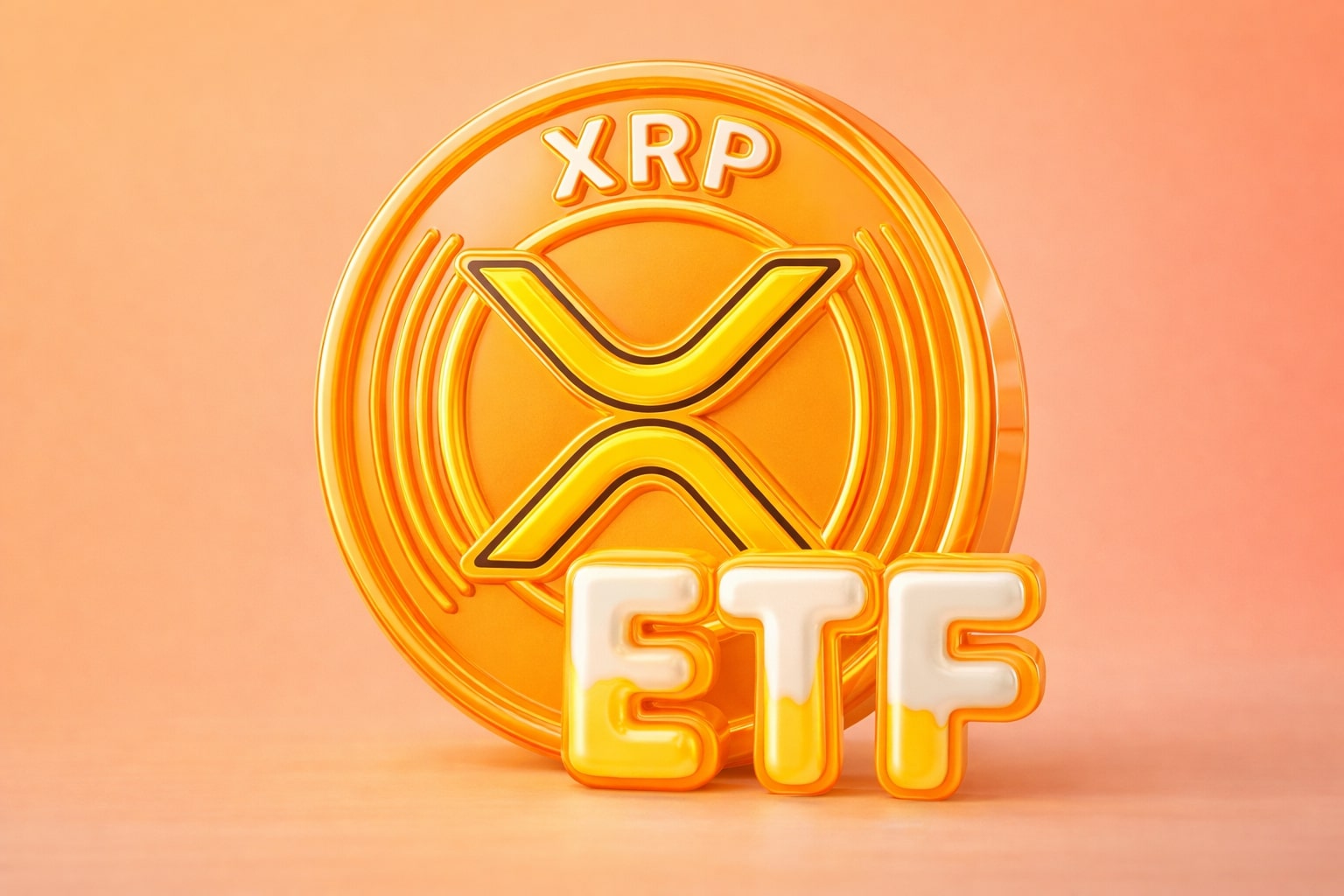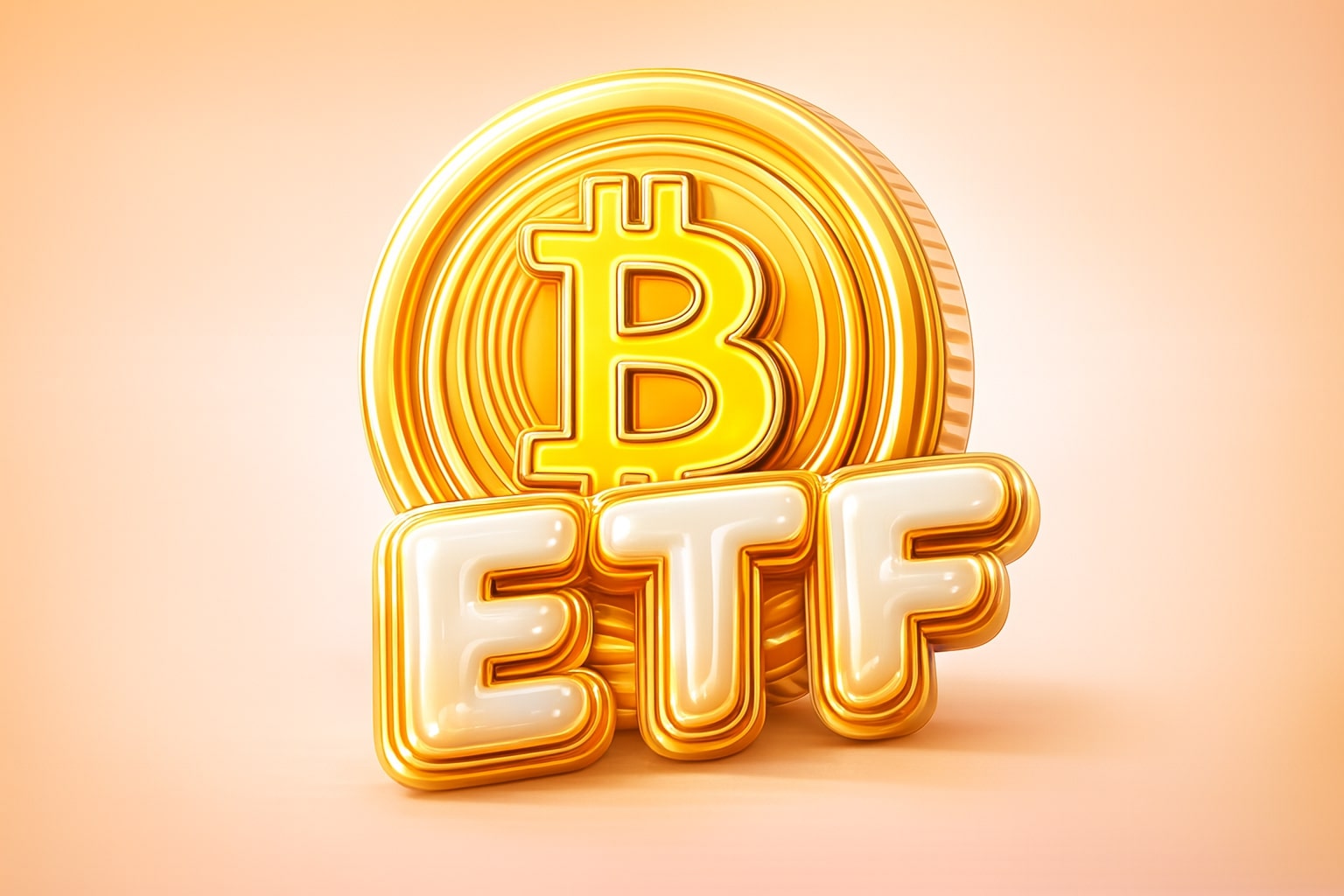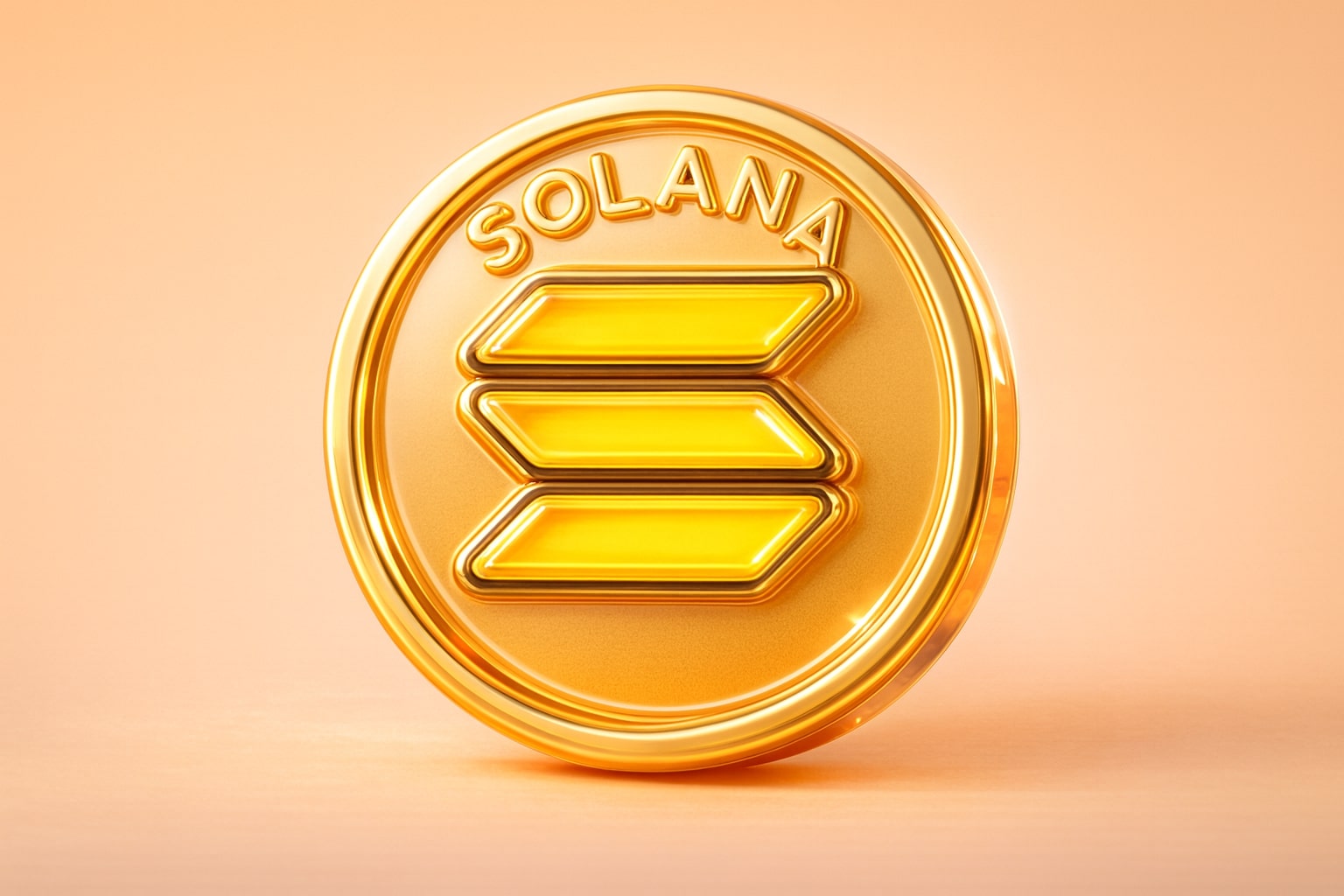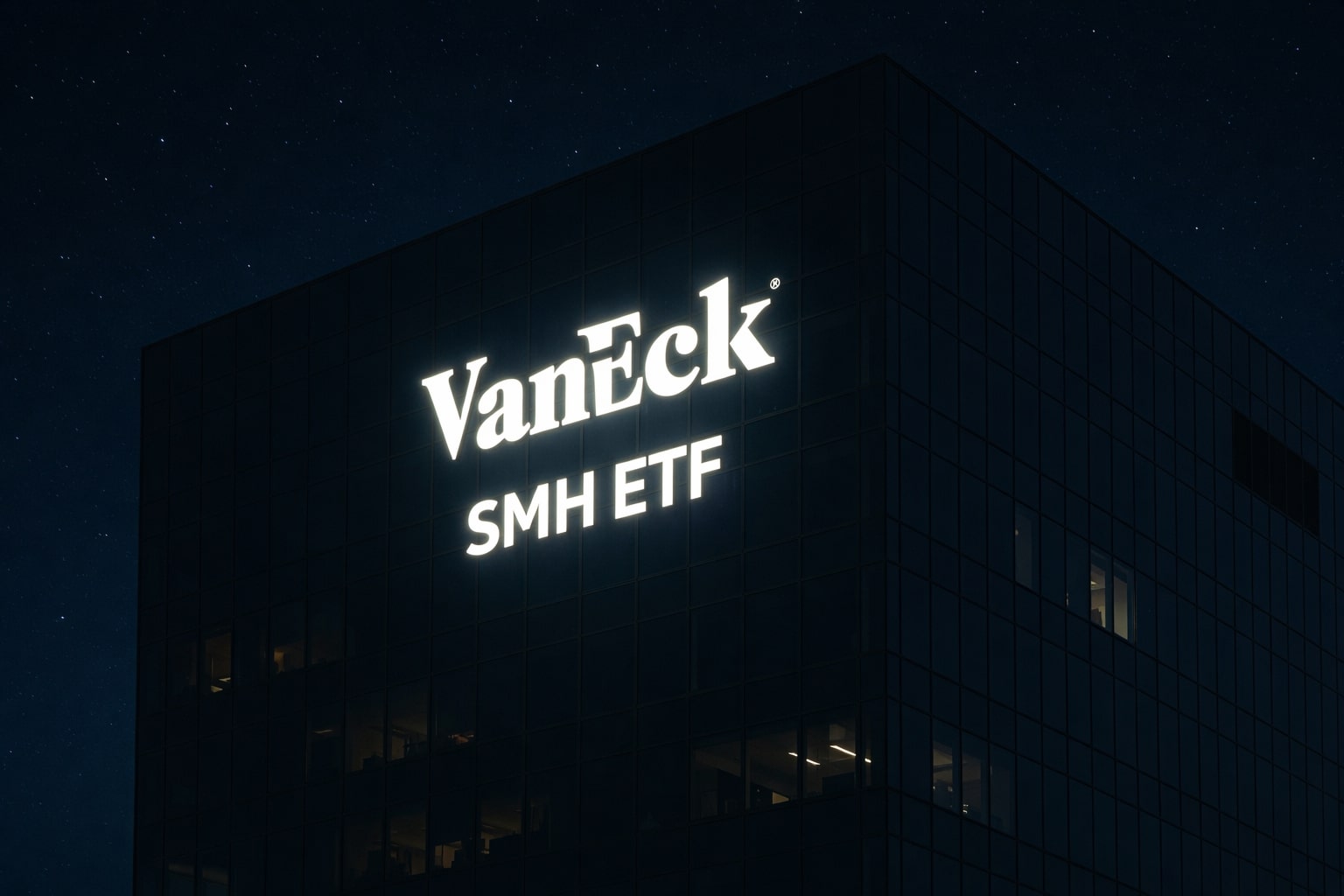
Ethereum Price Prediction - ETH-USD Holds $4,500 as ETH-USD Targets $4,850 and $5,000
Institutional inflows, ETF momentum, and Fed rate cuts drive Ethereum outlook despite $12B staking exits | That's TradingNEWS
Ethereum (ETH-USD) Holds $4,500 Amid Fed Cut Bets and Diverging Forecasts
Ethereum is trading around $4,500, holding firm despite increased volatility ahead of the Federal Reserve’s policy verdict. The Fed is widely expected to trim rates by 25 basis points, and this macro shift continues to shape demand for risk assets like ETH. The past year has already delivered a 97% rally, pushing ETH close to its record $4,957 in late August, and investors are now weighing whether consolidation near this level signals another breakout or a correction back toward $3,800.
Conflicting Targets: Citi $4,300 vs Standard Chartered $7,500
Forecasts for ETH diverge sharply. Citi has cautioned that Ethereum could fade toward $4,300, warning that current valuations may run ahead of adoption metrics despite strong tokenization and stablecoin activity. On the other side, Standard Chartered has raised its target to $7,500 by year-end, anchored on accelerating institutional use cases and higher network throughput. This divide illustrates the uncertainty in Ether’s valuation at current levels and highlights the role of macro drivers in the next move.
On-Chain Dynamics: Exchange Reserves Collapse While ETFs Accumulate
One of the strongest bullish signals remains the steady decline in ETH exchange reserves. Since 2022, balances have dropped from over 28 million ETH to under 17 million, marking a multi-year low. Recent flows underscore this trend: $25.7 million in net inflows were registered even as ETH pulled back from $4,850, and exchange outflows surged again during the September rally. At the same time, spot ETH ETFs and treasury reserves have jumped 116% since July 1, now holding 11.76 million ETH, with weekly inflows surpassing $600 million. These dynamics suggest that while short-term traders may trim exposure, institutions and long-term holders continue to lock up supply, restricting liquidity and providing a floor for prices.
Staking Exodus vs Institutional Demand
Ethereum’s staking ecosystem is showing stress. More than 2.6 million ETH—worth over $12 billion—sits in the unstaking queue, the largest validator exit in history, with a 44-day average wait. This has sparked fears of a sell-off as stakers take profits after ETH’s 100% yearly gain. The entry queue has fallen to 512,755 ETH, showing slowing demand for new staking commitments. However, these risks are partially offset by ETF and treasury demand, with many institutions choosing to reallocate into regulated staking products. Analysts expect an eventual ETH staking ETF approval by October 2025, which could absorb much of this supply pressure.
Read More
-
SMH ETF: NASDAQ:SMH Hovering at $350 With AI, NVDA and CHIPS Act Fueling the Next Move
16.12.2025 · TradingNEWS ArchiveStocks
-
XRP ETFs XRPI and XRPR: Can $1B Inflows Lift XRP-USD From $1.93 Back Toward $3.66?
16.12.2025 · TradingNEWS ArchiveCrypto
-
Natural Gas Price Forecast: NG=F Falls to $3.80–$3.94 as Warm Winter Kills $5.50 Spike
16.12.2025 · TradingNEWS ArchiveCommodities
-
USD/JPY Price Forecast - USDJPY=X Slides, BoJ 0.50% Hike, Fed Cut and NFP Set the Next Big Move
16.12.2025 · TradingNEWS ArchiveForex
Technical Landscape: Key Resistance at $4,665 and $4,850, Support at $4,300
From a technical perspective, ETH remains inside a defined ascending channel since early summer. Buyers defended the $4,426 low, and the asset continues to trade above its 50-day EMA at $4,275, signaling resilient trend support. Immediate resistance stands at $4,665, the ceiling tested repeatedly over the last week. A sustained breakout above this level opens the path toward $4,850 and potentially the psychological $5,000 barrier. Failure to break through could drag ETH back to $4,300, with deeper support at $3,941–$4,105 and the July swing low at $3,858.
Revenue Compression After Dencun Upgrade
Despite bullish price action, Ethereum’s network revenue is under pressure. Data from Token Terminal shows that monthly revenue dropped 44% to $14.1 million in August, even as ETH surged 240% since April. Transaction fees declined 20%, sliding from $49.6 million to $39.7 million, largely due to the Dencun upgrade that cut gas costs for Layer-2 rollups. While this hit short-term revenue, advocates argue it strengthens Ethereum’s role as scalable financial infrastructure, widening adoption for stablecoins and tokenized assets.
Macro and Regulation: Fed Policy, BoE Stablecoin Caps, and U.S. ETF Deadlines
Macro conditions remain pivotal. The Fed’s path on rates will dictate capital flows into ETH, with markets now pricing multiple cuts extending into 2026. Political pressure from the Trump administration has fueled doubts about the Fed’s independence, adding further volatility to dollar pairs. In the UK, the Bank of England has proposed caps of £10,000–£20,000 on stablecoin holdings, a move that could dampen crypto use domestically but also push activity into jurisdictions with looser frameworks. In the U.S., the SEC’s final deadline on ETH staking ETF approval is set for April 2026, though some analysts expect a greenlight much earlier, potentially in October 2025, which would unleash new institutional inflows.
Cycle Structure, Momentum, and Price Targets
The bullish case for Ethereum rests on a cycle structure that has repeatedly delivered parabolic breakouts after consolidation phases. ETH is now consolidating between $4,300–$4,800, a tightening range that often precedes explosive moves. If volume confirms a breakout above $4,850, the next leg could target $5,407, with some models projecting $6,600 by December 2025. Conversely, a failure to hold the uptrend would invite a correction to the $3,800–$4,000 region, which institutional desks already view as an accumulation zone.

















